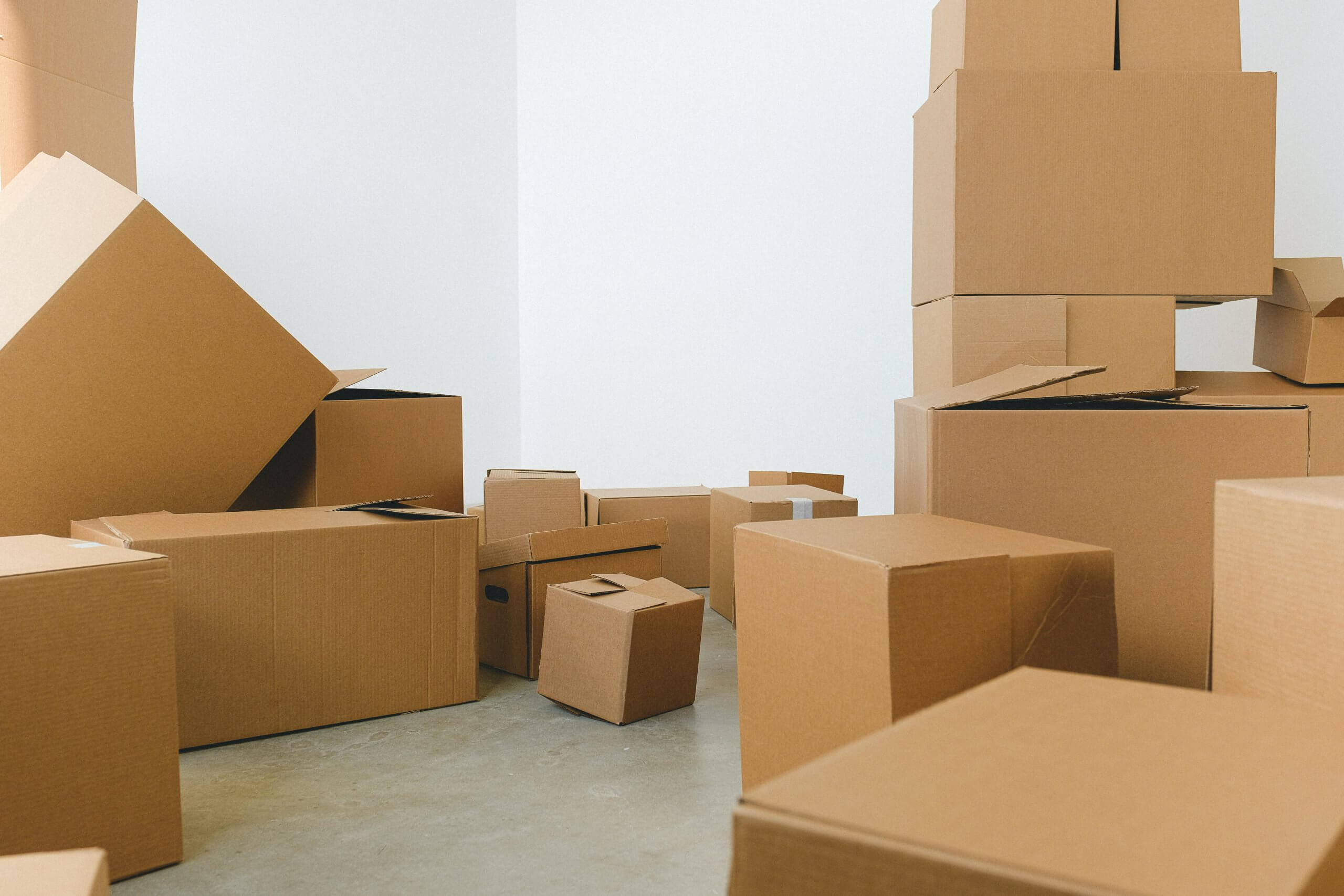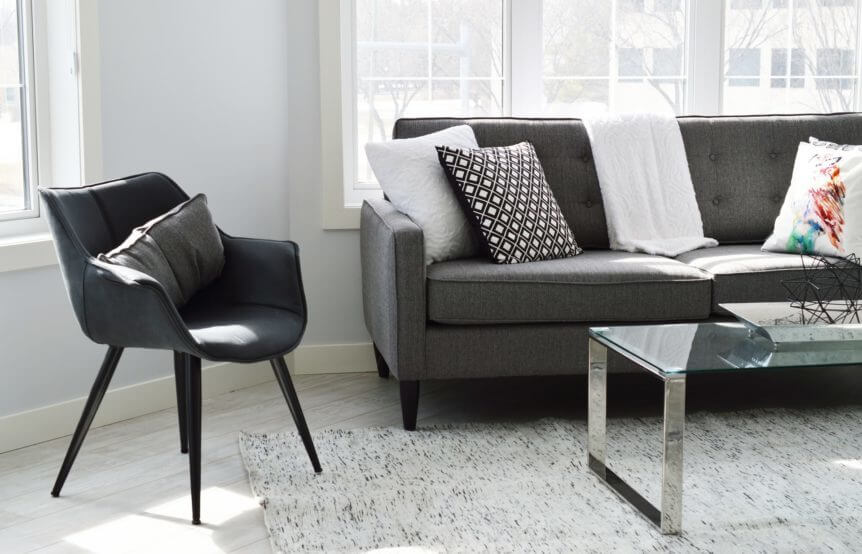
Renting a self-storage unit can be a lifesaver when you need extra space to store your belongings, whether you’re in the midst of a move, downsizing, or just looking to declutter your home. Today, the process is more convenient than ever—read more about where you can rent a storage unit online. Once you’ve secured your unit, the real challenge lies in how efficiently you utilize the available space.
In this article, we’ll explore the top 10 tips for maximizing space in your self-storage unit. From careful planning and labeling to utilizing vertical space and protecting your belongings, these strategies will help you optimize your storage unit and ensure that it remains an organized and accessible space for your possessions.
1. Plan and Organize Beforehand
Before you even step into your storage unit, take some time to plan and organize your storage process. Make a comprehensive list of all the items you intend to store. Consider the size, shape and fragility of these items. By having a clear plan, you’ll avoid the common mistake of haphazardly packing things in and later struggling to find or access them efficiently.
2. Use Uniformly Sized Boxes
When it comes to packing, opt for boxes that are of similar sizes whenever possible. This uniformity in box dimensions simplifies the stacking process. When all your boxes have the same dimensions, they fit together like a puzzle, optimizing your storage unit’s space. You’ll find it easier to create stable and organized stacks of boxes.
3. Label Everything Clearly
Labeling is your best friend when it comes to storage units. Make sure to label each box or container with a detailed list of its contents. This small effort pays off significantly when you need to find something specific later on. Clearly labeled boxes save you from the hassle of rummaging through everything to locate a single item.
4. Disassemble Furniture and Bulky Items
Large furniture items, such as tables and bookshelves, can consume a lot of space when left whole. To maximize your storage unit’s space, disassemble these pieces if possible. Keep all the necessary screws, nuts, and bolts in a labeled bag taped to the furniture. This ensures that you can easily put them back together when you retrieve your items.
5. Utilize Vertical Space
Don’t overlook the vertical dimension of your storage unit. To make the most of this space, invest in shelving units or use pallets to create tiers of storage. By stacking items vertically, you can fit more into the same square footage and prevent clutter on the floor.
6. Store Items You’ll Need Less Frequently Towards the Back
When arranging your items within the storage unit, think strategically. Place items you won’t need to access frequently towards the back of the unit. This way, you can access everyday or seasonal items without having to shift everything around.
7. Protect Your Belongings
Protect your stored items from dust, moisture and potential damage. Consider using dust covers or blankets to shield furniture, and opt for plastic bins for items susceptible to moisture. Proper protection ensures that your belongings remain in good condition during their time in storage.
8. Create Aisle Space
When arranging your storage unit, leave a small aisle or walkway down the middle. This accessible pathway allows you to reach items stored in the back without the hassle of moving everything in front of them. It’s a simple but effective way to maintain accessibility.
9. Use Vacuum-Sealed Bags
Vacuum-sealed bags are particularly useful for soft items like clothing and bedding. These bags compress the items, reducing their volume. This compression not only saves space but also helps protect the contents from dust and moisture.
10. Regularly Reevaluate and Reorganize
Your storage needs may change over time. It’s important to periodically revisit your storage unit to declutter and reorganize. Remove items you no longer need or use to free up space for new belongings or to downsize to a smaller storage unit if appropriate.
Luca Thomson
Related posts
Stay connected
- How LoveOn Chat Is Becoming the Most Versatile AI Companion for Digital UsersThe internet keeps shifting toward hyper-personal interaction, and AI companions are at the center of this shift. What used to be simple chatbots are now evolving into emotionally aware, adaptive, and multi-functional digital partners. Among the new generation of platforms, LoveOn Chat is becoming one... The post How LoveOn Chat Is Becoming the Most Versatile […]

